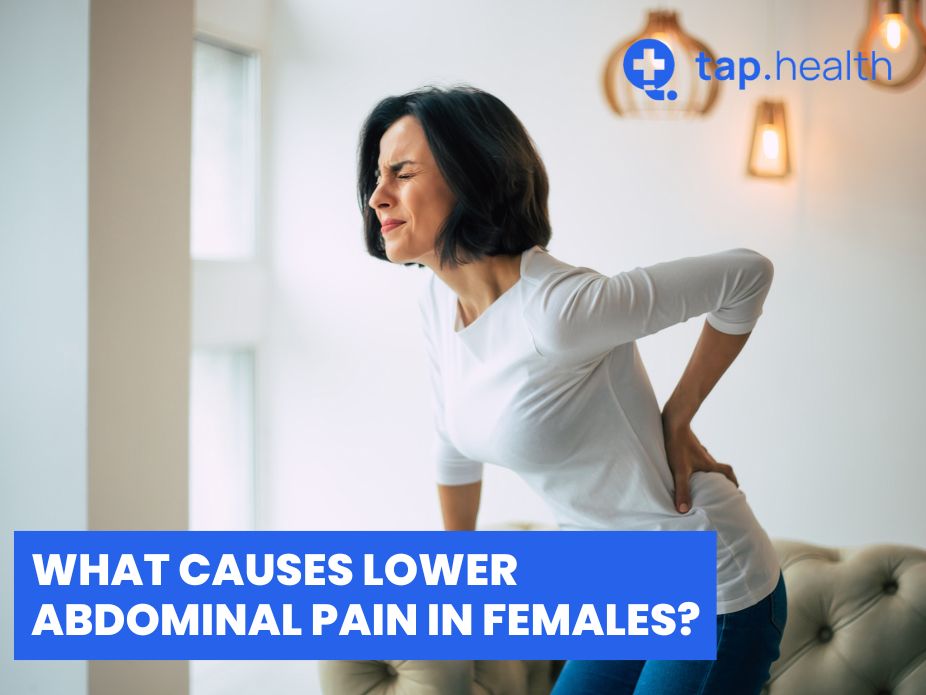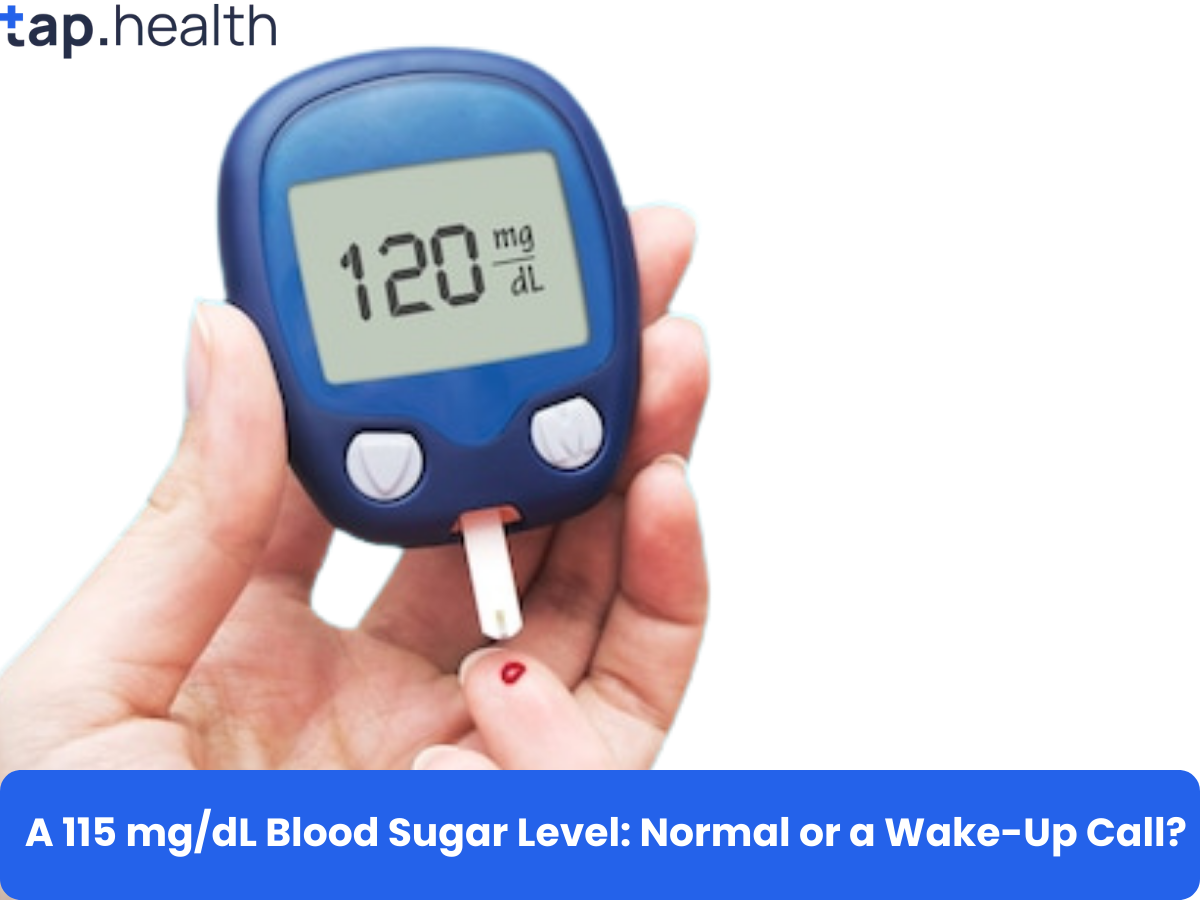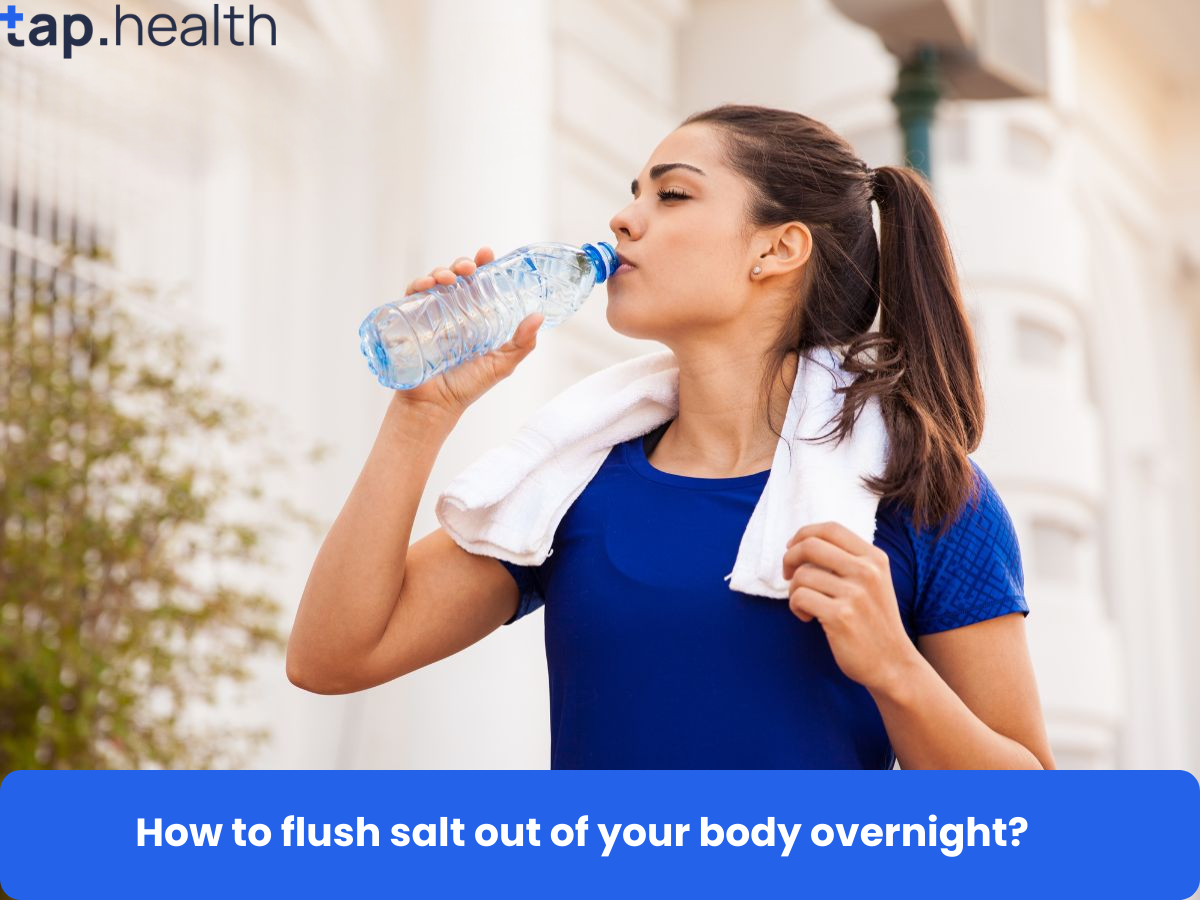Lower abdominal pain in females can be a source of discomfort and concern. It can be caused by various factors, ranging from benign conditions to serious medical issues. Understanding the potential causes can help you determine the appropriate action to take. In this blog post, we’ll explore the different causes of lower abdominal pain in females, including pain in the central, left, and right lower abdomen. We’ll also discuss when to seek medical help and answer some frequently asked questions.
What Causes Central Lower Abdominal Pain?
Central lower abdominal pain is pain that is felt in the area between your belly button and your pelvic bone. Here are some common causes:
1. Menstrual Cramps (Dysmenorrhea)
Menstrual cramps are a common cause of central lower abdominal pain in females. They occur due to the contraction of the uterus during menstruation. The pain can range from mild to severe and is often accompanied by other symptoms like bloating and fatigue.
2. Ovulation Pain (Mittelschmerz)
Ovulation pain occurs midway through the menstrual cycle when the ovary releases an egg. This pain is usually mild and short-lived, lasting from a few minutes to a few hours.
3. Urinary Tract Infection (UTI)
A UTI can cause central lower abdominal pain, especially when the bladder is affected. Symptoms often include a burning sensation during urination, frequent urination, and cloudy urine.
4. Gastrointestinal Issues
Digestive problems like constipation, gas, and irritable bowel syndrome (IBS) can cause central lower abdominal pain. IBS, in particular, is characterized by a combination of pain, bloating, and changes in bowel habits.
5. Pelvic Inflammatory Disease (PID)
PID is an infection of the female reproductive organs, often caused by sexually transmitted infections (STIs). It can cause significant lower abdominal pain, fever, and abnormal vaginal discharge.
What Causes Lower Left Abdominal Pain In Females?
Lower left abdominal pain can be caused by several conditions that specifically affect the left side of the abdomen.
1. Diverticulitis
Diverticulitis occurs when small pouches (diverticula) in the colon become inflamed or infected. This can cause intense pain in the lower left abdomen, often accompanied by fever, nausea, and a change in bowel habits.
2. Ovarian Cysts
An ovarian cyst is a fluid-filled sac that develops on an ovary. While many ovarian cysts cause no symptoms, larger cysts can cause pain on the side of the affected ovary. If a cyst ruptures, it can cause sudden, severe pain.
3. Ectopic Pregnancy
An ectopic pregnancy occurs when a fertilized egg implants outside the uterus, often in a fallopian tube. This can cause sharp, stabbing pain on one side of the lower abdomen and requires immediate medical attention.
4. Endometriosis
Endometriosis is a condition where tissue similar to the lining of the uterus grows outside the uterus. This can cause chronic pain in the lower abdomen, particularly on one side, and is often associated with painful periods and infertility.
5. Kidney Stones
Kidney stones can cause severe pain when they move through the urinary tract. Pain from kidney stones is often sudden and intense and can radiate to the lower left abdomen if the left kidney is affected.
What Causes Pain In Lower Right Abdomen In Females?
Lower right abdominal pain can also have various causes that are specific to the right side.
1. Appendicitis
Appendicitis is the inflammation of the appendix and is a common cause of severe lower right abdominal pain. Symptoms often start with a dull pain near the belly button and then move to the lower right abdomen. Other symptoms include fever, nausea, and loss of appetite.
2. Ovarian Torsion
Ovarian torsion occurs when an ovary twists around the ligaments that hold it in place. This can cut off the blood supply to the ovary and cause severe pain in the lower right abdomen. This condition requires emergency medical attention.
3. Crohn’s Disease
Crohn’s disease is a type of inflammatory bowel disease (IBD) that can affect any part of the gastrointestinal tract but often affects the end of the small intestine. This can cause chronic pain in the lower right abdomen, diarrhea, weight loss, and fatigue.
4. Hernia
A hernia occurs when an organ or tissue pushes through a weak spot in the muscle or surrounding tissue wall. An inguinal hernia, which occurs in the groin area, can cause pain and a bulge in the lower right abdomen.
5. Constipation
While constipation can cause central lower abdominal pain, it can also cause pain in the lower right abdomen, especially if there is a blockage or significant build-up of stool.
When to See for Medical Help?
While some causes of lower abdominal pain are minor and can be managed at home, others require prompt medical attention. Here are some signs that you should see a doctor:
- Severe Pain: If the pain is intense and not relieved by over-the-counter pain medication.
- Persistent Pain: Pain that lasts more than a few days without improvement.
- Fever: Accompanying fever, which could indicate an infection.
- Nausea and Vomiting: Persistent nausea and vomiting, especially if you cannot keep fluids down.
- Changes in Bowel Habits: Significant changes in bowel habits, such as severe constipation or diarrhea.
- Abnormal Vaginal Bleeding: Unexpected vaginal bleeding or spotting.
- Pain During Pregnancy: Any abdominal pain during pregnancy should be evaluated by a doctor.
- Other Symptoms: Symptoms like dizziness, fainting, or shortness of breath.
FAQ on What Causes Lower Abdominal Pain in Females
1: Can stress cause lower abdominal pain?
A: Yes, stress can contribute to lower abdominal pain, especially in individuals with conditions like IBS, where stress can exacerbate symptoms.
2: Is lower abdominal pain a sign of pregnancy?
A: Lower abdominal pain can be an early sign of pregnancy, often due to implantation or changes in the uterus. However, it can also be caused by many other factors, so it’s important to consider other symptoms and take a pregnancy test if needed.
3: Can diet affect lower abdominal pain?
A: Yes, diet can play a significant role. Foods that are hard to digest, high in fat, or that cause gas can contribute to lower abdominal pain. Staying hydrated and maintaining a balanced diet can help alleviate symptoms.
4: How can I relieve lower abdominal pain at home?
A: Depending on the cause, you can try using a heating pad, taking over-the-counter pain relievers, staying hydrated, and eating a light, balanced diet. However, if the pain is severe or persistent, seek medical advice.
5: Can exercise help with lower abdominal pain?
A: Gentle exercise can help alleviate lower abdominal pain caused by constipation or gas. However, if you have a condition like appendicitis or a hernia, exercise could worsen the pain. It’s important to understand the cause before starting any exercise regimen.
6: When should I go to the emergency room for lower abdominal pain?
A: Go to the emergency room if you experience sudden, severe pain, especially if it is accompanied by fever, vomiting, dizziness, or if you suspect conditions like appendicitis, ectopic pregnancy, or ovarian torsion.



